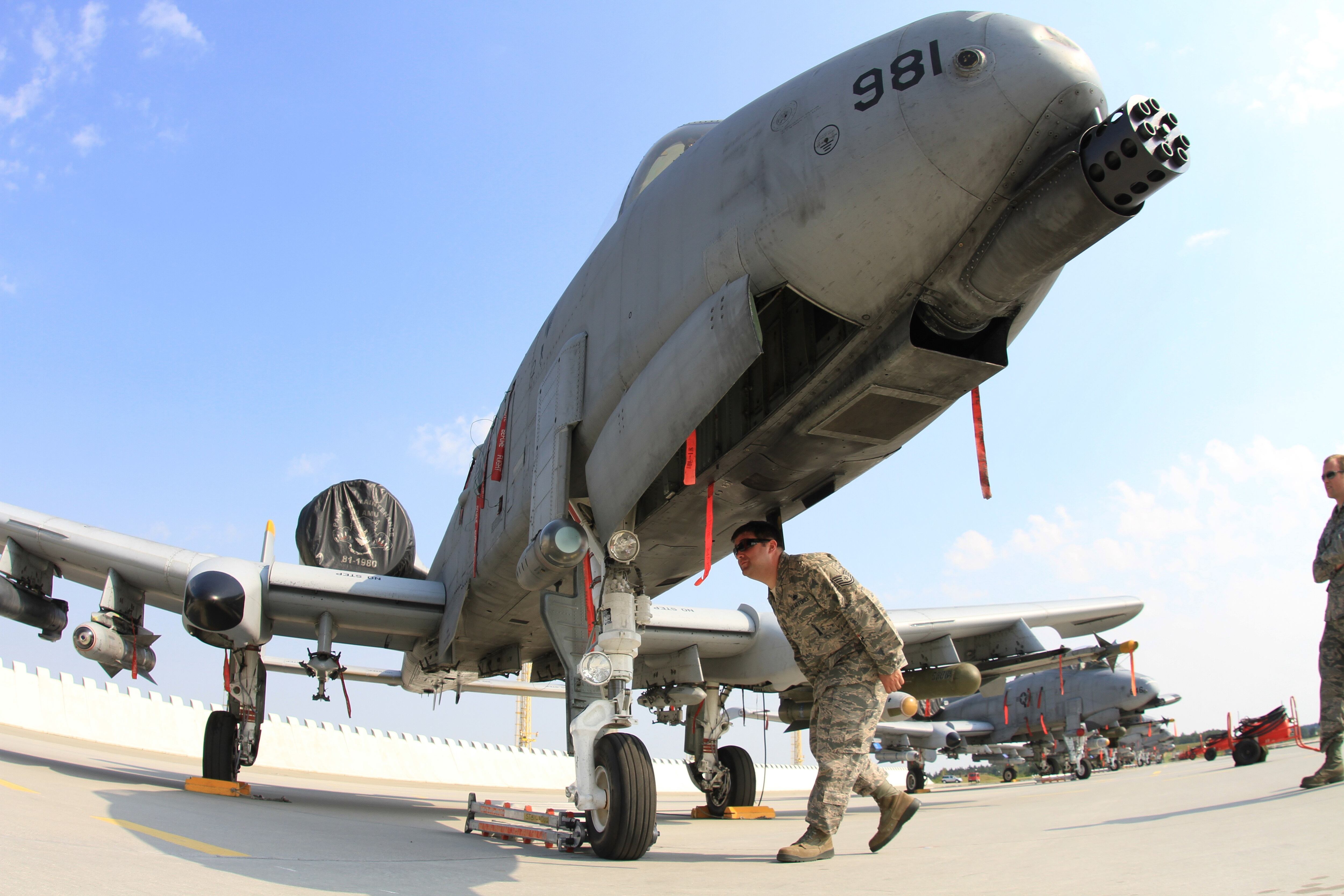WASHINGTON — Now that the U.S. Air Force has decided to keep its venerable U-2 spy planes into the foreseeable future, the U-2 operational community wants to see the service invest in technologies that can help the aircraft maintain its edge.
In its fiscal 2018 budget request announced last year, the Air Force indefinitely postponed the retirement of the U-2. However, the uncertainty surrounding the fate of the platform has meant that U-2 pilots and maintainers focused on sustaining the aircraft rather than improving it, said Col. A.J. Werner, commander of the 9th Operations Group at Beale Air Force Base, California.
“The general challenges with the U-2 — as with a couple programs with the Air Force — has been the on-again, off-again nature of it. It’s just hard programmatically at this level to have any sort of progress and growth because in the previous cycle [there was a] decision to make the platform go away,” he told Defense News during a December interview.
“Where we want to get to is what we always have had great airmen thinking about, and that is sensor dominance — that advantage that the U-2 enjoyed for multiple intelligence disciplines for decades.”
When Werner began flying the U-2, “we had a 20-year gap on near peers,” he said. “And that’s shrunk.”
RELATED

The U.S. Air Force has 26 U-2s deployed at home station or in various stages of maintenance, said Maj. Ken, who has flown the U-2 for five years. (Defense News agreed not to publish the last names of U-2 pilots due to security concerns.) Another six aircraft are designated for training and test.
Pilots spend about half of the year deployed, rotating between two-month deployments across the globe and two-month stints doing training at Beale AFB. When deployed, pilots fly twice a week, spending anywhere from eight to 10 hours in the air at a time, he said. At home, pilots get enough cockpit time to maintain their currency — around three flights each month.
Most U-2s in the service’s inventory were built in the 1980s and have since been modernized with a glass cockpit and new engines, Ken said.
“They’re really not that old,” he noted. “The sensors are still state-of-the-art, they do exactly what we need them to do both in a typical strategic reconnaissance role or in combat.”
According to Lockheed Martin, the latest cockpit upgrades wrapped up in 2013, but Ken said there is still room for growth.
“There are technologies that the F-35 and F-22 are using that we could put into the U-2 through the acquisitions process. Not so much like touch screens, but more the way that a person interacts with the cockpit. Instead of just a normal yoke and a normal throttle, we’re looking at better switchology, better human-factors engineering,” he said.
There’s also ample opportunity to incorporate technologies that could enable multidomain command and control. That ability to connect to U.S. military assets in land, sea, air or space to send and quickly process data is one of of Air Force Chief of Staff Gen. Dave Goldfein’s top priorities.
The U-2 has intrinsic size, weight, power and altitude advantages that could give it a unique value as the Air Force works toward its multidomain C2 goals, Werner said. It can fly at altitudes of 70,000 feet — 10,000 feet more than the RQ-4 Global Hawk unmanned aerial system — and can carry 5,000 pounds, which is a 2,000-pound increase over that UAS.
The U-2 relies on three primary sensors (and other classified payloads): The optical bar camera, which captures panoramic imagery on film; the Senior Year Electro-optical Reconnaissance System, a multispectral electro-optical infrared camera; and the advanced synthetic aperture radar system, known as ASARS-2.
Those sensors are still “phenomenal,” Ken said, but the 9th Operations Group is looking for new, low-cost technologies that can meet near-term gaps, especially those that can increase the platform’s connectivity to ground forces or others that could benefit from real-time communication with the U-2.
“For this platform to be the most effective in the future, what we’re doing needs to grow,” he said. “Whether the sensors grow — and they will, just by the nature of how technology expands — but the way that we use the sensors and have them integrate with everybody — coalition forces, home forces, ground forces in every stage of a fight or defense that we can do — that’s the vision of the way forward with the U-2.”
The 9th Operations Group has tested multiple developmental and off-the-shelf payloads for the U-2 at Beale AFB. While many of those payloads are classified, Ken mentioned that the 9th had done some work testing future and existing radios, including systems that equip some versions of the Global Hawk.
Another critical requirement is the ability to retain the U-2’s resilience in a contested environment, Werner said.
“Let’s say you’re deaf, your links don’t work. The bad guys turned things off. I’ve got to be able to project and create a mesh there,” he said.
Valerie Insinna is Defense News' air warfare reporter. She previously worked the Navy/congressional beats for Defense Daily, which followed almost three years as a staff writer for National Defense Magazine. Prior to that, she worked as an editorial assistant for the Tokyo Shimbun’s Washington bureau.









